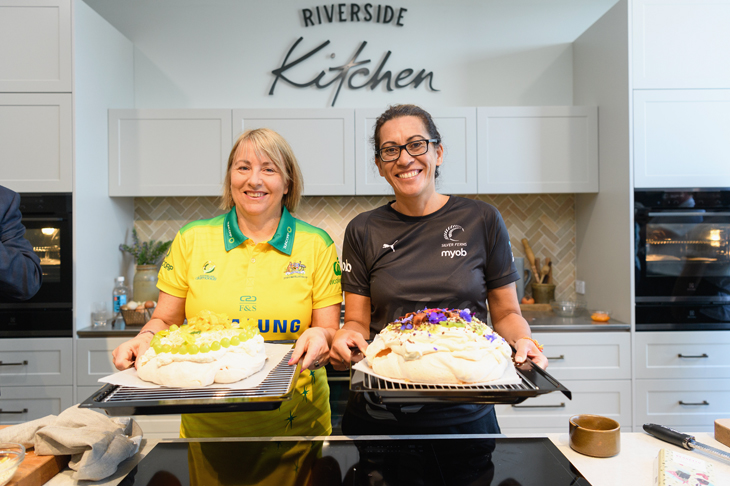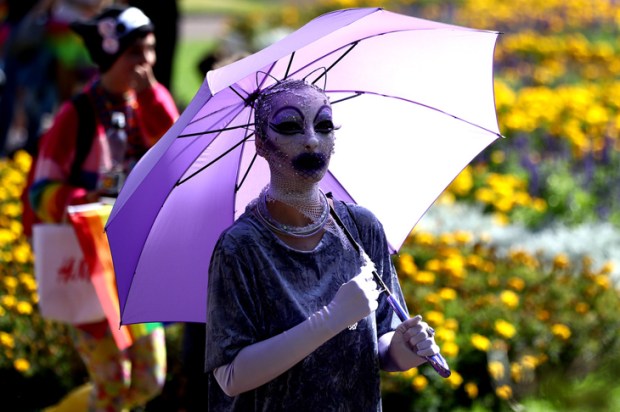Ah, summer. The sap is rising, and so are anxiety levels on either side of the Tasman as editors cast about for something suitably soft and creamy to fill the spaces that have emptied out as normal people head for the beach and barbies. And which fruit shall that come topped with this particular silly news season?
Yes, just in time for 2024, it’s the old journalistic chestnut over which of the two countries can lay just claim to the pavlova.
Already a subscriber? Log in
Subscribe for just $2 a week
Try a month of The Spectator Australia absolutely free and without commitment. Not only that but – if you choose to continue – you’ll pay just $2 a week for your first year.
- Unlimited access to spectator.com.au and app
- The weekly edition on the Spectator Australia app
- Spectator podcasts and newsletters
- Full access to spectator.co.uk
Or
Unlock this article
You might disagree with half of it, but you’ll enjoy reading all of it. Try your first month for free, then just $2 a week for the remainder of your first year.















Comments
Don't miss out
Join the conversation with other Spectator Australia readers. Subscribe to leave a comment.
SUBSCRIBEAlready a subscriber? Log in